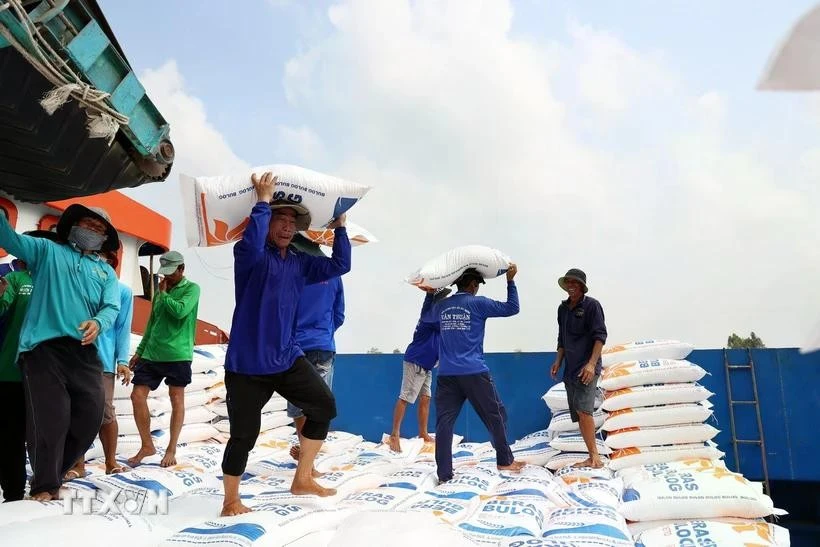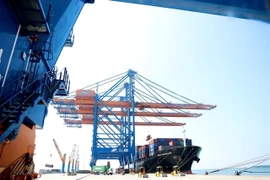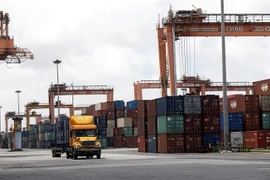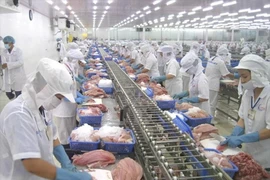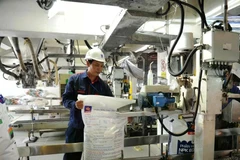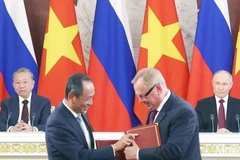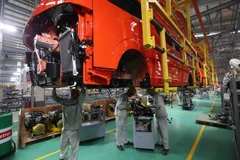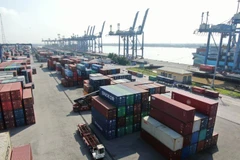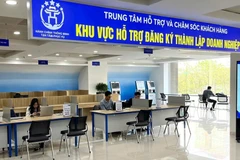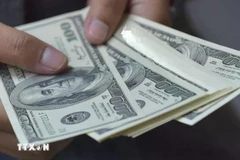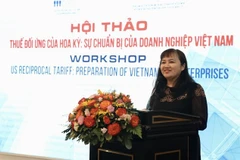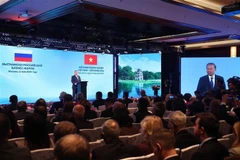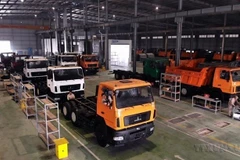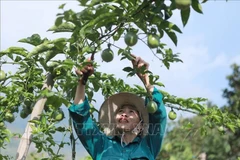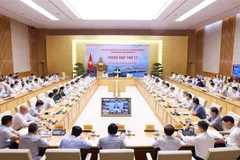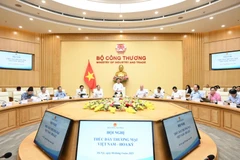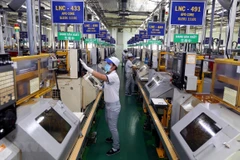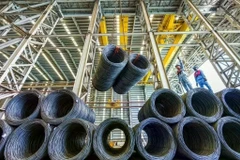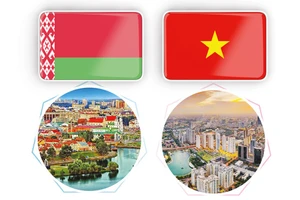Hanoi (VNA) – As the US has paused its 46% reciprocal tariff on imports from Vietnam, the Institute of Strategy and Policy on Natural Resources and Environment (ISPRONE) under the Ministry of Agriculture and Environment has penned several agricultural growth scenarios and solutions in response to the US tariff policy.
In the first scenario, if the tariff rate remains at 10% throughout 2025 and is applied uniformly to all countries, both Vietnam's exports and its agricultural growth target for 2025 would face minimal impact.
Under the second scenario when the two countries negotiate and agree on a 20% tariff rate after the delay period, Vietnam’s export turnover would reduce by some 20% in the latter half of this year. With such a decrease, agro-forestry-fishery growth could fall by 0.15 – 2 percentage points to 3.8 – 3.85%.
According to the third scenario, if the US maintains the 46% tariff, exports in the second half could plummet by 40%. This would potentially reduce the sector growth by 0.3 – 0.4 percentage points to 3.6 – 3.8% this year.
The institute recommended intensifying dialogue with the US to mutually reduce import tariffs or seek mechanisms to exempt or reduce tariffs on certain strategic agricultural products. These efforts should be accompanied by measures to ensure transparency in product origin.
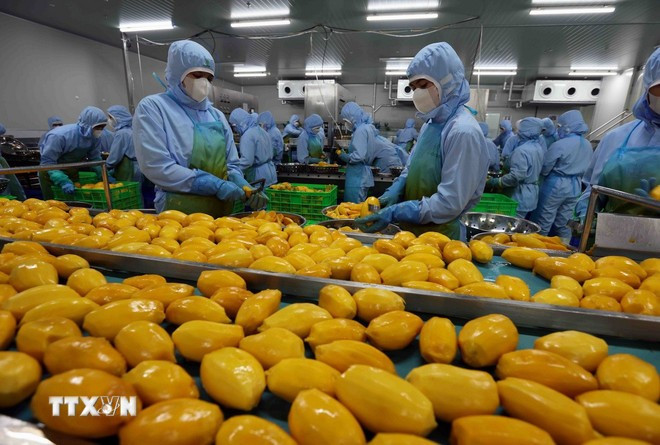
In the meantime, it is necessary to put in place measures supporting products that could significantly feel the pinch of the US tariff. While the assistance may only be short-term, it must be swift and strong enough to help businesses and citizens adapt to the new situation.
Immediate support options include reducing import taxes on raw materials, deferring value-added tax, corporate income tax, and individual income tax payments for households engaging in agro-forestry-fishery production and business, and providing credit interest support for affected businesses and individuals.
Besides, it is necessary to improve the productivity and quality as well as reduce costs through the application of science – technology to better the competitive edge of Vietnamese agro – forestry – fishery products, while ensuring they meet the requirements of the US market.
Market diversification is another critical strategy. Beyond traditional markets like China, East Asian countries, ASEAN, the US, and the EU, Vietnam should expand into potential markets in Latin America, major African countries, and the BRIC group, including Brazil, Russia and India, as well as open new markets like Halal food consumers.
The agro – forestry – fishery sector aims to achieve an added value growth rate of 4-4.2% for the year, with 3.85% for agriculture, 5.47% for forestry, and 4.35% for fisheries.
In Quarter 1, the sector's GDP growth reached 3.74%, contributing 6.09% to the total added value of the economy. This represents the highest Q1 growth in the past four years. Total export turnover for agricultural, forestry, and fishery products in January – March reached 15.72 billion USD, a year-on-year rise of 13.1%./.
